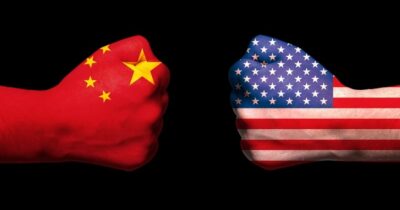On August 1, President Trump announced that the U.S. would move forward with imposing a 10 percent ad valorem tariff on a fourth list of Chinese imports worth about $300 billion. The tariffs on the newest list are slated to go into effect September 1, 2019, but as of August 13, the USTR announced that List 4 will be split into two lists – List 4A and 4B. While some items on List 4 will have 10% tariffs applied on September 1, 2019, part of the list will be delayed until December 15, 2019. Items that will see a reprieve until December include certain cell phones, laptop computers, video game consoles, certain toys, computer monitors, and certain items of footwear and clothing. The HTS codes that won’t face additional tariffs until December, can be accessed here (List 4A), while the list of HTS codes that will be subject to tariffs starting on September 1, 2019 can be accessed here (List 4B).
It is important to note that certain products are being removed from List 4 based on national security, health, and safety reasons, among others, and will not face the additional 10% tariff. The USTR expects to publish additional details regarding this announcement in the Federal Register as soon as possible.
This decision came sharply after U.S. trade representatives returned from a recent trip to China to continue negotiations. According to President Trump, China and the U.S. were close to a deal several months ago, but because China has not increased purchasing of American Agricultural products, Trump saw this as China not living up to their end of the bargain. Nevertheless, the move has stirred Chinese retaliation. China immediately circulated rumblings of retaliation the following day after Trump’s announcement to impose additional tariffs. On August 4, 2019, the People’s Bank of China intentionally let their currency weaken for the first time in about a decade. This act is seen as retaliation to U.S. trade war tactics because a weaker currency can make goods cheaper abroad, automatically factoring in added costs due to the U.S. Section 301 tariffs.
Cheaper goods from China would mean that the Section 301 tariffs would not have as large of an impact to U.S. purchasers. The move on the part of the People’s Bank of China is a direct sidestep to U.S. tariffs, but the global economic effects stretch beyond the scope of the U.S.-China trade war. As such, the U.S. has officially named China a currency manipulator.
Other markets may take note of the Chinese tactic and begin manipulating their own currency, which would throw the global economy in flux. As far as what will come next, we will have to wait and watch closely.



























